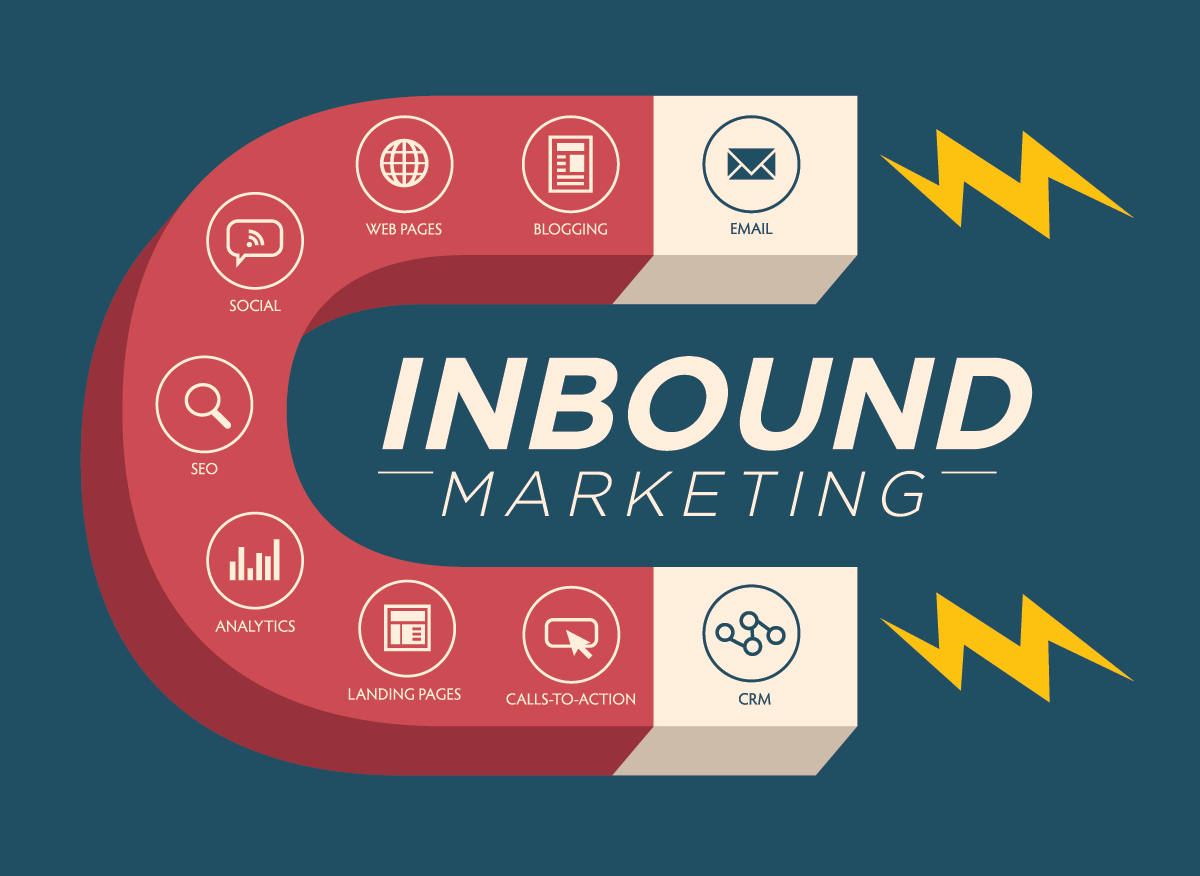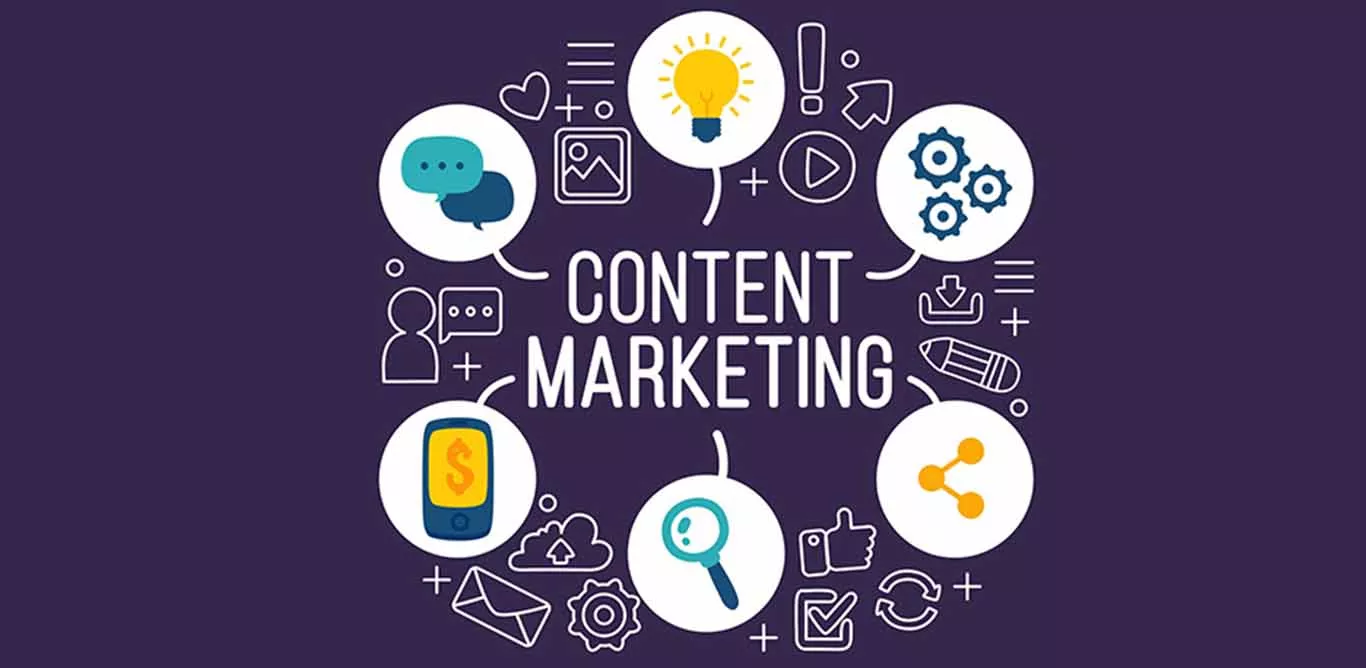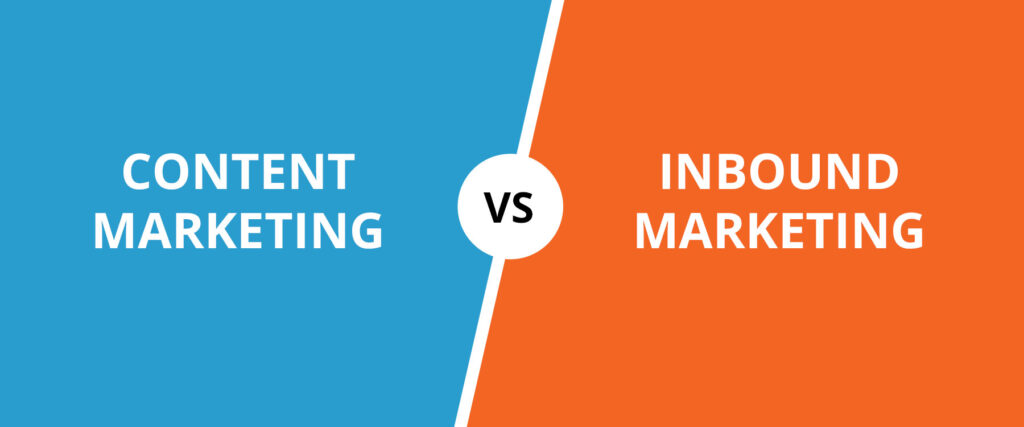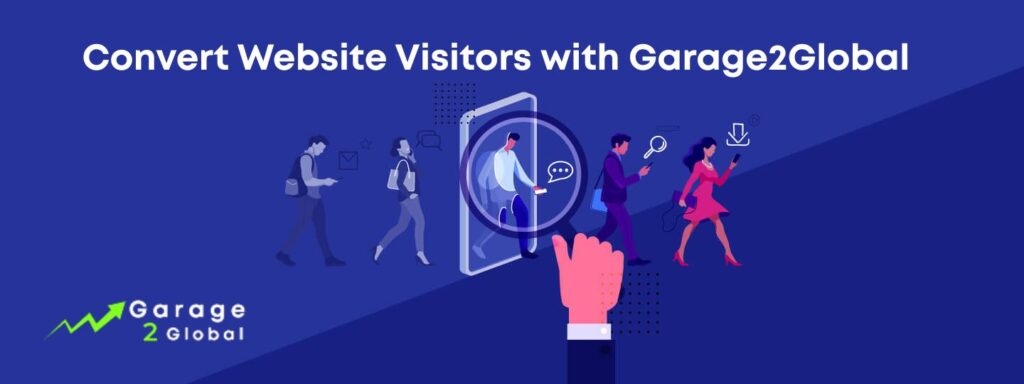In today’s digital world, businesses use many strategies to reach customers. Two popular terms you might hear are “inbound marketing” and “content marketing.” At first glance, they might seem similar, but they’re not the same. Knowing the difference between inbound and content marketing can help you build a stronger plan to grow your business.
This blog post will explain what inbound marketing and content marketing are, how they differ, and why both matter. We’ll also look at how they work together, their benefits, and how you can start using them. By the end, you’ll have a clear picture of how inbound vs content marketing can help you attract customers and boost your success.

What is Inbound Marketing?
Inbound marketing is a way to bring customers to your business by giving them helpful information and experiences they value. Instead of pushing ads or sales pitches, inbound marketing focuses on pulling people in with content that answers their questions or solves their problems. It’s all about meeting customers where they are and building trust over time.
Think of inbound marketing as a friendly guide. It helps people find your business naturally, often when they’re searching online or browsing social media. The goal is to attract the right people—those who are likely to buy from you—and turn them into loyal customers.
How Inbound Marketing Works
Inbound marketing follows four main steps: attract, convert, close, and delight. Each step plays a role in guiding people from being strangers to becoming fans of your brand.
-
Attract: This step is about getting the right people to notice your business. You do this by creating useful content like blog posts, videos, or social media updates. For example, if you sell pet supplies, you might write a blog post about “how to choose the best dog food.” By making this content easy to find through search engines (using SEO), you draw in people who are interested in what you offer.
-
Convert: Once people visit your website, you want to turn them into leads. A lead is someone who gives you their contact info, like an email address. You can encourage this by offering something valuable, such as a free guide or checklist, in exchange for their details.
-
Close: This step is about turning leads into customers. You might send them emails with more helpful info, special offers, or product details to convince them to buy. The focus is on building a relationship so they trust you enough to make a purchase.
-
Delight: After someone buys from you, the work isn’t over. You want to keep them happy so they come back and tell others about your business. This could mean sending thank-you emails, offering support, or sharing tips they’ll find useful.
Tools of Inbound Marketing
Inbound marketing uses many tools to make these steps happen. Some examples include:
-
Blog posts that answer customer questions.
-
Search engine optimization (SEO) to help people find your content.
-
Social media posts to connect with your audience.
-
Email campaigns to stay in touch with leads and customers.
Inbound marketing is a big-picture strategy. It’s not just about one thing—it’s about creating a system that brings customers to you over time.

What is Content Marketing?
Content marketing is a specific way of marketing that focuses on creating and sharing useful content to attract and keep an audience. The idea is simple: give people information they care about, and they’ll start to trust your brand. Over time, this trust can lead them to buy from you.
Content marketing is all about being helpful. Instead of saying, “Buy my product,” it says, “Here’s something you’ll find useful.” For example, a company selling fitness gear might create a video showing “5 easy exercises to do at home.” The goal isn’t to sell right away—it’s to build a connection with the audience.
Types of Content in Content Marketing
Content marketing can take many shapes. Here are some common types:
-
Blog Posts: Articles that teach something or share ideas, like “how to save money on groceries.”
-
Videos: Short clips that show how to do something or tell a story.
-
Infographics: Simple visuals that explain facts or data, like a chart of healthy eating tips.
-
Ebooks: Longer guides that go into detail on a topic, such as “the beginner’s guide to gardening.”
-
Social Media Posts: Quick updates or tips to keep people interested.
Why Content Marketing Matters
Good content marketing meets people’s needs. If someone is searching for “how to fix a leaky faucet,” a plumbing company’s blog post with a step-by-step guide could win their attention. By being helpful, the company builds trust, making it more likely that person will call them when they need a plumber.
Content marketing is a key part of building a brand people recognize and respect. It’s about showing you know your stuff and care about your audience.
Inbound vs Content Marketing: The Key Differences
Now that we’ve covered the basics, let’s look at how inbound vs content marketing differ. While they’re related, they each have their own focus and purpose.
1. Scope
-
Inbound Marketing: Covers a wide range of activities. It includes content creation, SEO, social media, email marketing, and more. It’s a full plan to bring customers in and keep them happy.
-
Content Marketing: Focuses only on making and sharing content. It’s one piece of the inbound marketing puzzle.
2. Goals
-
Inbound Marketing: Wants to attract people, turn them into leads, make them customers, and keep them coming back. It’s about the whole customer journey.
-
Content Marketing: Aims to get people’s attention and build trust through helpful content. It’s more about starting the relationship than finishing the sale.
3. Tools
-
Inbound Marketing: Uses content but also things like email campaigns, website forms, and customer follow-ups.
-
Content Marketing: Sticks to content—like blogs, videos, or guides—as its main tool.
4. Focus
-
Inbound Marketing: Looks at the big picture of bringing customers to your business and keeping them.
-
Content Marketing: Zooms in on creating content that people find valuable.
In short, content marketing is a part of inbound marketing. Think of inbound marketing as the whole game plan and content marketing as one of the star players.
How Inbound and Content Marketing Work Together
Inbound and content marketing are a perfect team. Content marketing gives inbound marketing the tools it needs to succeed. Here’s how they fit together in each step of the inbound process:
-
Attract: Content marketing creates blog posts, videos, or social media updates that pull people to your website. For example, a post like “10 tips for better sleep” could bring in people searching for sleep advice.
-
Convert: Content marketing offers free resources—like a downloadable sleep tracker—that convince visitors to share their email.
-
Close: Content marketing provides emails or guides that help leads decide to buy, like a buyer’s guide to mattresses.
-
Delight: Content marketing keeps customers happy with tips or updates, such as “how to care for your new mattress.”
Without content marketing, inbound marketing wouldn’t have much to work with. Content is the hook that gets people interested and keeps them engaged. Together, they create a system that draws customers in and builds lasting relationships.
A Simple Example
Imagine you run a bakery. Inbound marketing is your plan to get people into your shop—using signs, flyers, and friendly service. Content marketing is the recipe blog you write, sharing “how to make the perfect cupcake.” The blog brings people to your website (inbound), and once they’re there, you offer a coupon (convert), sell them cupcakes (close), and send a thank-you note with more recipes (delight). That’s inbound vs content marketing in action.
Benefits of Using Both Strategies
When you combine inbound and content marketing, your business can see some big wins. Here are a few benefits:
-
More People Find You: Helpful content that’s easy to find online (thanks to SEO) brings more visitors to your site.
-
Better Leads: By targeting the right audience with useful info, you attract people who are more likely to buy.
-
Stronger Trust: Sharing valuable content shows you know your industry, making customers feel confident in you.
-
Lower Costs: Unlike ads that stop working when you stop paying, good content keeps bringing in visitors for free over time.
-
Happy Customers: Keeping people informed and supported after they buy builds loyalty and word-of-mouth referrals.
Studies show these strategies work. The Content Marketing Institute found that 91% of B2B businesses and 86% of B2C businesses use content marketing to reach customers. Pairing it with inbound marketing makes it even more powerful.
Examples of Inbound and Content Marketing in Action
Let’s look at some real companies that use inbound vs content marketing well:
-
HubSpot: This company is famous for inbound marketing. Their blog is full of helpful articles on marketing and sales, like “how to write a blog post.” Hubspot also offer free tools and guides to turn visitors into leads. It’s a great mix of content marketing and inbound tactics.
-
REI: The outdoor retailer uses content marketing with articles like “top camping tips for beginners.” Their inbound strategy includes SEO to rank high on Google and emails to keep customers coming back.
-
Airbnb: Airbnb shares travel guides and host tips on their blog, pulling in travelers and hosts alike. Their inbound plan uses this content to attract users, then nudges them to book or list a property.
These examples show how content marketing feeds into inbound marketing to grow a business.
How to Start with Inbound and Content Marketing
Ready to try inbound vs content marketing for your business? Here’s a simple guide to get going:
-
Know Your Audience: Figure out who you want to reach. What do they need? What problems can you solve for them?
-
Make a Plan: Decide what you want to achieve—more traffic, leads, or sales—and pick content that fits.
-
Create Content: Start with something easy, like a blog post or video, that helps your audience. Keep it clear and useful.
-
Get Found: Use SEO by adding keywords (like “inbound vs content marketing”) so people can find your content online.
-
Share It: Post your content on social media or send it in an email to reach more people.
-
Check Results: Look at your website stats to see what’s working. Are people visiting? Are they staying?
Start small, and grow from there. The key is to keep making content that helps your audience and fits your inbound goals.
Tips for Success in Inbound and Content Marketing
Here are some extra tips to make your efforts shine:
-
Keep It Simple: Use short sentences and everyday words so everyone can understand.
-
Be Consistent: Post new content regularly—like once a week—to keep people coming back.
-
Listen to Feedback: Pay attention to what your audience likes and adjust your content to match.
-
Mix It Up: Try different types of content (blogs, videos, infographics) to see what works best.
Why Inbound vs Content Marketing Matters
Understanding inbound vs content marketing isn’t just about definitions—it’s about results. Inbound marketing gives you a roadmap to bring customers to your door. Content marketing gives you the tools to make it happen. Together, they help you stand out in a crowded online world.
Whether you’re a small business or a big company, these strategies can work for you. They’re about being helpful, building trust, and growing naturally. And in a time when people ignore pushy ads, that’s a smart way to win.
Conclusion
Inbound and content marketing are two sides of the same coin. Inbound marketing is the big plan to attract and keep customers. Content marketing is the heart of that plan, creating the useful stuff that makes it all possible. By using both, you can reach more people, earn their trust, and grow your business.
So, what’s the takeaway from inbound vs content marketing? They’re different but better together. Start creating content that matters to your audience, and build an inbound system to turn that content into success. Your customers—and your bottom line—will thank you.


